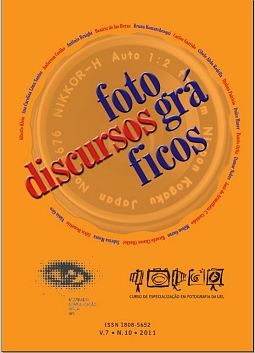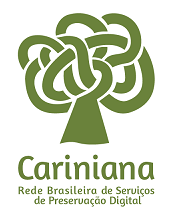Digital TV: the aparattus and the representation of real on image edition in news casting
DOI:
https://doi.org/10.5433/1984-7939.2011v7n10p275Keywords:
Telejournalism, Digital TV, Edition, Reality, Apparatus.Abstract
This study investigates some changes on image edition due to the transfer of Analogic to Digital Television in Brazil. Beginning with Vilém Flusser’s Media Theory and its concept of “apparatus”, it develops a theoretical analysis of the new relationship between journalists and digital editing instruments, taking into account the concept of hyperreality proposed by Jean Baudrillard. Retrieving the philosophical discourse of “real” throughout History and also the positivist concepts, base of the journalisticactivity, it discusses how digital image manipulation and the construction of graphic universes meddle with the new representation of real presented by television news casting. From interviews with Rede Globo editors in São Paulo, Rio de Janeiro and Curitiba (cities where digital television has already been implemented), it analyses how this new technology can hinder the main commitment of journalism, which is reporting facts as faithfully as possible. The discussion proposes an engagement of professionals and society regarding digital images in the search of greater critical conscience towards digital images in news casting, with an ethic view of the use of manipulation resources and scene construction on news editing.
Downloads
Downloads
How to Cite
Boni, F. A. (2011). Digital TV: the aparattus and the representation of real on image edition in news casting. Discursos Fotograficos, 7(10), 275–276. https://doi.org/10.5433/1984-7939.2011v7n10p275
Issue
Section
Dissertações
License
Discursos fotográficos adota a licença CC-BY-NC, esta licença permite copiar e redistribuir o material em qualquer meio ou formato, remixar, transformar e desenvolver o material, desde que não seja para fins comerciais. E deve-se atribuir o devido crédito ao criador.

Este obra está licenciado com uma Licença Creative Commons Atribuição-NãoComercial 4.0 Internacional.















